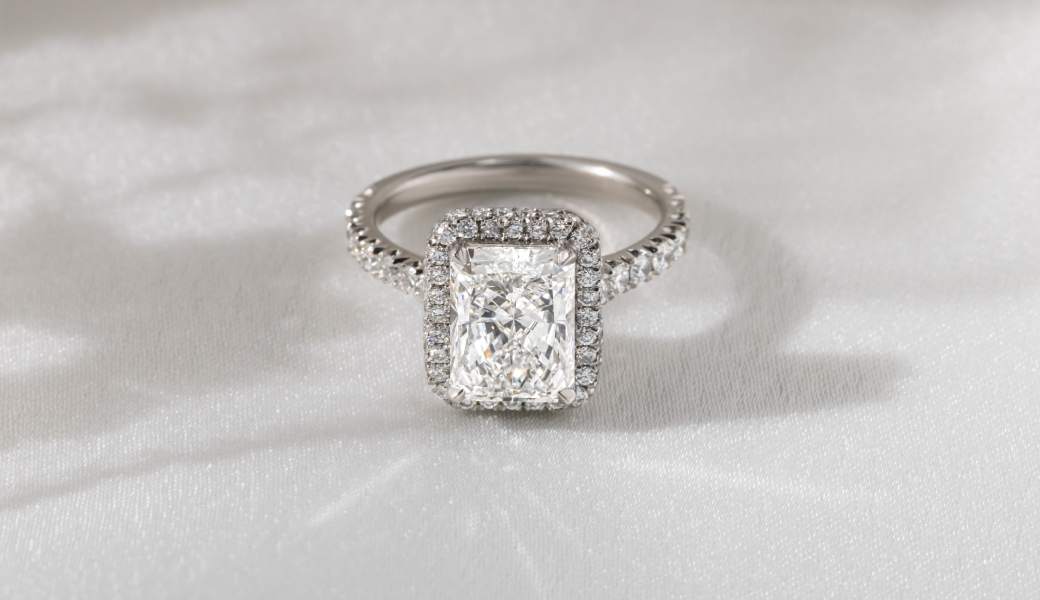In jewelry design, which is all about high precision, the right software can spell the difference between a brilliant final product and a missed opportunity. With jewelry design tools that rely on technology, the jewelry industry is seeing the emergence of new possibilities for independent artisans right through to large manufacturers. The most common 3D CAD softwares in this field are RhinoGold, MatrixGold, and ZBrush — and they all come with their own set of pros and cons, depending on the designer’s objectives, working process, and personal style.
RhinoGold: Precision Meets Flexibility
RhinoGold is a version of the well-known Rhinoceros 3D program specifically targeted to the jewelers. It also allows parametric modeling – so designers can edit any aspect of a model at any point of the model/design cycle – which makes it particularly useful in making custom works.
RhinoGold is suitable in the creation of detailed technical drawing that can be easily converted to physical models. It offers tools tailored to rings, earrings, and pendants, and even gem setting, remaining in synchronization with numerous 3D printers and CAM systems. Its friendly interface fits the professionals who know how to work with CAD, but may look too steep in the first impression to the unsophisticated users.
MatrixGold: The Industry Standard for Custom Jewelry
The successor to the original software Matrix is titled MatrixGold and is popular amongst the high end custom jewelry houses. It is based upon the abilities of Rhino but offers an expression of the parametric history tree which gives a designer the freedom to experiment and transform complicated models without rebuilding them from scratch
What sets MatrixGold apart is its deep gemstone and metal material libraries, automatic weight estimations, and robust rendering capabilities. These features make it the go-to choice for creating designs like Flawless’s halo engagement rings. Designers who frequently create custom commissions or want photorealistic previews for clients this software’s features are just suitable for them.
ZBrush: Sculptural Freedom for Artistic Designers
Although RhinoGold and MatrixGold use a lot of CAD-like modeling, ZBrush adds an alternative taste in jewelry design. ZBrush started life being used in the sculpture of characters in the gaming and film industries, but has developed a niche among jewellery designers who would like to escape the constraints of geometry.
It includes a digital clay manipulating environment: ZBrush can operate in a free-form mode that lets the user create organic, fluid forms — such as would be appropriate to avant-garde or extremely artistic works. However, it’s not tailored specifically to jewelers, meaning designers will have to adjust manually the measurements, tolerances and settings to place gemstones. It is due to this fact that ZBrush can be considered in conjunction with other CAD software as a means of finishing the design into production.
Choosing the Right Tool for the Job
Finally, the decision between RhinoGold, MatrixGold, or ZBrush, is with your design objectives.
- For technical precision and production-ready modeling: RhinoGold makes a good start.
- Speed, efficiency and client ready customisation: MatrixGold is the king.
- To experiment as an artist, a sculptor: ZBrush liberates the artist.
The fact is that many professional jewelers integrate the use of these tools. At first, they sketch rough ideas in ZBrush, then refine the idea in MatrixGold and export via Rhino-compatible format. This combination strategy presents the fluidity of designing and precision in manufacturing.
With further advancements of digital tools, the new era of jewelry design is about to have the most promising potential to embrace the best of both worlds as creativity fueled with technology.
